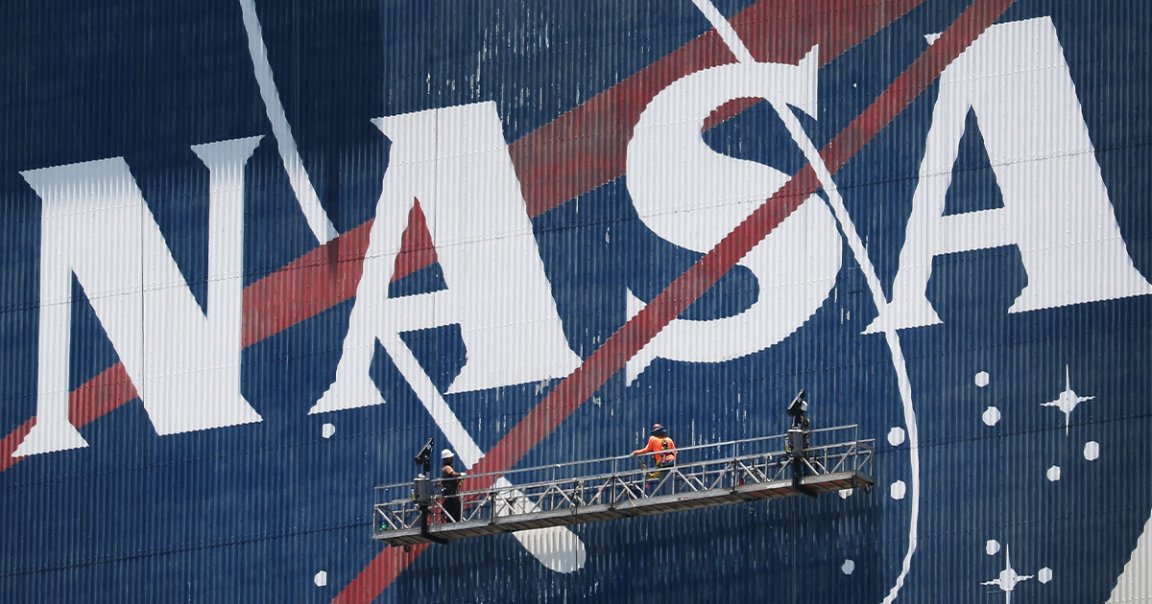
Money Talks
Forget space tourism and commercial spaceflight. NASA wants to remind you that it can still generate mega money for the economy — in addition to providing all the extremely valuable science it does, of course.
According to its latest economic impact report, the cumulative effect of NASA efforts, ranging from lunar missions to technology development, generated over $75.6 billion in US economic output in 2023.
For reference, that’s nearly three times NASA’s allocated budget for that year, $26.4 billion — a convincing rebuff to critics who argue that the space agency receives too much public money in an era of private space companies.
Per the report’s findings, every state in the country saw some of that multi-billion dollar pie, with forty-five of them receiving an economic impact of $1 billion or more. Employment-wise, NASA said that its missions supported nearly 305,000 jobs nationwide, while generating $9.5 billion in federal, state, and local tax revenue. The agency also highlighted its commitment to climate change research, an area it says generated around $1 billion in taxes on its own.
“To invest in NASA is to invest in American workers, American innovation, the American economy, and American economic competitiveness,” NASA Administrator Bill Nelson said in a statement. “Our work doesn’t just expand our understanding of the universe — it fuels economic growth, inspires future generations, and improves our quality of life.”
Budge It
Despite its clear economic value, NASA has consistently been handed a constrained budget, hindering its ambitions.
The space agency fought for a higher budget for last year, asking for a seven percent increase to bring its share to $27.2 billion. Instead, NASA was slapped with a two percent decrease. It’s advocating for a much humbler budget bump for 2025, but the odds of it getting what it wants aren’t great.
The lowered budget led to some dire cost-cutting at the agency, most notably layoffs earlier this year. One of the hardest hit sectors was NASA’s famous Jet Propulsion Laboratory, which lost over 500 employees, or eight percent of its staff.
Experts have repeatedly raised alarm about NASA’s crumbling facilities. More scrutiny was raised when NASA made the tough decision to abandon sending its $450 million VIPER rover to the Moon, because the mounting costs threatened to eat into its limited budget for other lunar missions.
All that being said, it clearly wouldn’t hurt to give NASA some more money. Its true value is of course intangible, spearheading efforts to explore the cosmos and understand our place in it. But even if none of that sentimental stuff matters to you, the work the agency does is pretty good for the nation’s bottom line, too.
More on NASA: NASA Abandons Boeing’s Cursed Starliner for Upcoming Missions to the Space Station